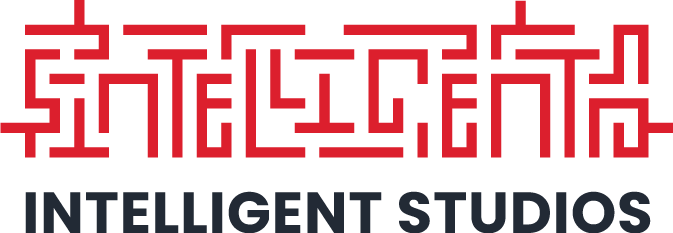Michal Jurník from Intelligence Studios recently presented a comprehensive overview of how artificial intelligence can streamline and enhance HR recruitment processes. In this session, he walked through an end-to-end recruitment workflow, highlighting how AI tools can automate and simplify tasks from the initial job posting to onboarding new employees.
He began by focusing on the Applicant Tracking System (ATS), which manages recruitment by organizing positions, candidates, and various stages of the hiring process. Positions are created as items within the system, each accompanied by specific attributes such as role descriptions, required skills, languages, and onboarding dates. HR professionals can manually add these positions, while managers have the option to submit new positions via forms. These forms can be embedded in an intranet or shared externally through a link. Once submitted, the information populates the system automatically. For example, if a manager inputs a requirement for a full-time Node.js developer fluent in German and English, the ATS captures these details and updates the database accordingly. Automations, such as email confirmations, can be triggered when new positions are opened.
The next step in the process involves managing candidates. Each candidate appears as an item in the system, with various columns representing stages in the recruitment pipeline—such as CV review, first interview, and second interview. Candidates can be added manually by HR or submitted through a form shared online, such as via LinkedIn. Once a candidate submits their information, their profile, including their CV, is automatically updated in the system. For instance, a candidate like John Lennon could submit his CV, which would then be analyzed by AI to extract relevant details. The AI identifies and records the candidate’s skills and languages based on the content of the CV.
Michal demonstrated how AI can automatically populate fields like candidate skills and languages, reducing the manual workload for HR teams. The process involves assigning AI actions that extract data and label it accordingly, making it easy to set up and apply across different profiles. Once candidates’ skills and languages are captured, they are compared against the requirements of open positions. The AI evaluates the match between candidate qualifications and job requirements, providing a clear percentage match for both skills and languages. In one example, John Lennon had a 50% skills match and a 100% language match, resulting in a total compatibility score of 75%.
Once a candidate progresses through the recruitment process and is hired, they transition into the employee database. New employees are represented as items within this database. When an employee enters the onboarding phase, the system automatically generates onboarding tasks, creating a comprehensive to-do list tailored to different departments. Task definitions specify which employee they belong to, and users can click on individual profiles to access more details, such as contact information.
Michal concluded by emphasizing the key benefits of integrating AI into HR recruitment. AI can efficiently extract structured data from job descriptions and CVs, match candidates to appropriate roles, and significantly ease the workload of HR professionals by automating repetitive tasks. This approach not only saves time but also improves the accuracy and efficiency of recruitment processes.

